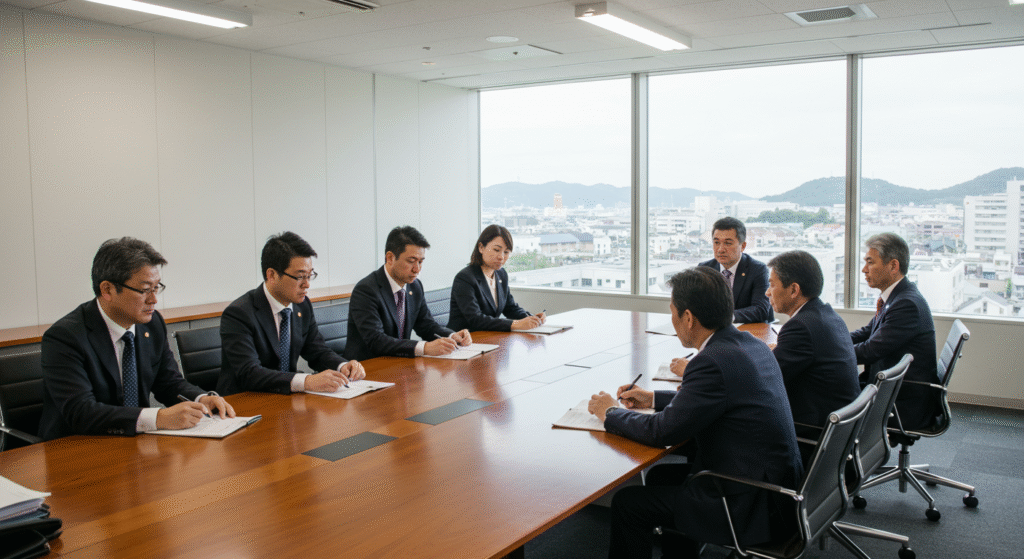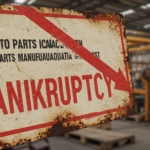
Toshiba’s Acquisition of Westinghouse (WH)
Back when I worked as an investigator at Japan’s largest credit research firm, I had to be in the office by a little after 7 a.m. every morning. My daily routine included grabbing a quick breakfast, picking up the Nikkei newspaper my boss told me to read, and boarding the train.
One particular headline from 2006 has stayed with me ever since. It reported the largest acquisition ever undertaken by a Japanese company at the time. It gave me a sense of hope—a signal that Japan might finally be emerging from its “lost decades.” The feeling was almost exhilarating. However, as many of you know, this deal would later go down as one of the most notorious M&A failures in Japanese corporate history.
Investment, Due Diligence, and Stakeholders
Toshiba’s investment of approximately ¥5.5 trillion was by no means pocket change. In FY2006, Toshiba reported consolidated revenue of around ¥6.3 trillion and total assets of ¥6.2 trillion. However, its shareholders’ equity stood at only about ¥1 trillion. The goodwill generated from the acquisition—around ¥3.5 trillion—caused its equity ratio to fall to 12.7% from 16.2% the previous year. In other words, Toshiba risked over 30% of its equity on this one bet.
To finance the deal, Toshiba relied not only on its internal capital but also on a syndicated loan arranged by Mizuho, SMBC, and MUFG. U.S. engineering firm The Shaw Group and a U.S. government-backed institution were also reportedly involved.
Eventually, hidden off-balance-sheet liabilities came to light. Construction costs for nuclear reactors commissioned by U.S. authorities doubled from initial estimates. As a result, Westinghouse filed for Chapter 11 bankruptcy in March 2017. In 2018, Toshiba sold WH to Canada-based Brookfield Corporation for just one dollar.
The core question remains: why did Toshiba gamble over 30% of its equity? When we examine the stakeholders involved, the clients commissioning the projects, and the eventual buyer, one can reasonably infer that external pressures played a significant role in driving Toshiba’s decision.
Nippon Steel’s 100% Acquisition
Fast forward to 2025. Although I now read the Yomiuri newspaper instead of the Nikkei, a similarly electrifying headline made front-page news. Unlike in 2006, however, I couldn’t help but recall Toshiba’s fall from grace—especially the fact that the company eventually withdrew its sponsorship of the beloved TV show “Sazae-san.”
Parallels Between Nippon Steel and Toshiba
Nippon Steel’s acquisition of U.S. Steel is a financially weighty decision. The deal, valued at ¥2.12 trillion, amounts to 36% of Nippon Steel’s equity of ¥5.9 trillion—surpassing the 30% threshold considered dangerous.
Unlike the WH case, there are no known off-balance-sheet liabilities. However, U.S. Steel carries significant pension obligations related to retiree benefits and medical coverage. It is also expected to incur massive capital expenditures to comply with stricter environmental regulations.
Stakeholders include President Donald Trump and other high-level U.S. officials. In fact, U.S. authorities have been granted golden shares with veto power, making it politically complex to justify the acquisition to Nippon Steel’s existing shareholders. Should Nippon Steel attempt cost-cutting or workforce restructuring, there is a real risk that the U.S. government could exercise its veto rights, potentially derailing the integration plan. A repeat of Toshiba’s ordeal cannot be ruled out.
What Are the Credit Risk Implications?
Media coverage of M&A deals tends to focus on large, high-profile transactions that excite the market and drive up stock prices. In such moments, those involved in credit risk management may let their guard down, thinking, “There’s no way a company that big would fail.”
Because large corporations typically take time to actually collapse, the urgency of credit risk often feels low. But what happens when a mid-sized firm, backed by institutions like JBIC or the Development Bank of Japan, embarks on a cross-border acquisition? While such firms may conduct extensive due diligence, credit professionals must remain skeptical, undertaking their own research to identify any hidden risks.
Big M&A Deals Carry Big Risks—Not Just Rewards
As seen in Toshiba’s WH acquisition (30% of equity) and Nippon Steel’s U.S. Steel deal (36% of equity), large-scale investments often surface multiple layers of risk: goodwill impairment, legacy liabilities, capital structure distortion, regulatory hurdles, and post-merger integration failures.
These risks demand serious attention from those tasked with credit decisions. Particularly in cases involving government-backed mid-sized enterprises venturing into overseas acquisitions, credit teams should not take the sponsor’s DD at face value.
We recommend adding the following items to your credit risk checklist:
- Internally validate external due diligence reports
- Assess the strength and structure of the post-merger integration team
- Perform scenario analysis based on worst-case assumptions (e.g., revenue shortfalls, FX swings)
Large M&A deals may serve as springboards for growth, but they also carry the potential to become serious liabilities. At Naker Rating K.K., we offer risk evaluation frameworks and simulation tools tailored specifically to cross-border M&A cases. Please feel free to reach out for a consultation.



